Introduction to Earbuds and Headphones
In today’s digital age, audio devices have become an integral part of everyday life, with many consumers relying on them for a variety of purposes. Among the most popular audio options are earbuds and headphones, each offering distinct features that cater to different needs and preferences. Earbuds, typically small and lightweight, are designed to fit snugly in the ear, providing a portable solution for listening to music, podcasts, or audiobooks on the go. They are favored for their convenience and discreet nature, making them a frequent choice for commuters and travelers.
Headphones, on the other hand, come in a broader range of styles, including over-ear and on-ear designs. They are generally larger and may provide superior sound quality, enhanced immersion, and greater comfort during extended listening sessions. Many users appreciate the passive noise isolation and spacious soundstage that headphones deliver, making them suitable for both casual listening and more professional audiophile experiences.
Both earbuds and headphones have gained immense popularity over recent years, largely due to advancements in technology and an increasing consumer focus on audio quality. The rise of wireless options, such as Bluetooth earbuds and headphones, has further influenced preferences, allowing individuals to enjoy their favorite tunes without the constraints of cables. Additionally, the development of noise cancellation features has added another layer of choice for users, catering to various listening environments and personal preferences.
This blog post aims to compare earbuds and headphones in detail, examining their functionalities, sound quality, comfort levels, and suitable use cases. By exploring these two audio devices, we hope to guide consumers in making informed decisions aligned with their audio needs and lifestyles.
Sound Quality: Earbuds vs. Headphones
When discussing audio performance, sound quality is often the most critical factor for users contemplating between earbuds and headphones. Both listening devices offer distinct advantages, which can significantly influence the listening experience. One of the primary factors to consider is sound clarity. Headphones, especially over-ear models, tend to provide a broader soundstage, allowing listeners to experience more depth and detail in music. This capability can be particularly evident in genres that rely on complex arrangements or intricate instrumentation, such as classical music or jazz.
In contrast, earbuds frequently utilize smaller drivers, which can impact their ability to reproduce audio accurately. However, advancements in technology have led to the development of high-quality earbuds that approach the audio performance of headphones. Some premium earbuds now feature advanced sound engineering to improve clarity and detail. Therefore, depending on the specific model, some earbuds may surprise users with their sound fidelity.
Another essential aspect to consider is bass response. Generally, headphones excel in delivering rich, powerful bass due to their larger size and capacity to house bigger drivers. This enhancement is particularly important for bass-heavy genres like hip-hop and electronic dance music. Yet, many modern earbuds are equipped with innovative designs and technology that enhance bass performance, often featuring features such as noise isolation and bass boost elements. Such advancements allow earbuds to provide satisfying low-frequency response, though they may not match the fullness of bass found in premium headphones.
Overall, while headphones often deliver superior sound quality due to their design and larger drivers, high-quality earbuds are making significant strides in audio performance. Ultimately, the choice between earbuds and headphones will depend on one’s personal preferences and specific listening needs.
Comfort and Usability
When it comes to audio devices, comfort and usability play a crucial role in the overall experience. Both earbuds and headphones offer distinct advantages in these areas, catering to different user preferences and lifestyles. Earbuds, being compact and lightweight, allow for easy transport, fitting comfortably into pockets or small bags. Their minimalist design makes them ideal for users who are frequently on the move, such as commuters or travelers.
However, their small size can lead to discomfort during extended listening sessions. Some users may experience ear fatigue due to the earbuds’ in-ear design, which can cause pressure in the ear canal over time. To mitigate this, opting for high-quality ergonomically designed earbuds can enhance comfort significantly. Additionally, the choice of ear tips — whether silicone or foam — can impact usability, with foam tips generally providing a more secure and comfortable fit over prolonged usage.
On the other hand, traditional headphones tend to offer a more comfortable experience for longer listening periods. With cushioned ear cups and an adjustable headband, headphones can distribute weight evenly, minimizing pressure on the head and ears. This makes them well-suited for home use, work, or situations where one is less likely to need portability. However, their bulkiness can be a drawback for users who prioritize discretion and ease of movement. Over-ear and on-ear designs also come with their challenges, such as heat buildup around the ears, especially in warmer climates.
Ultimately, the choice between earbuds and headphones hinges on individual needs. Users who prioritize portability and casual listening may find earbuds more suitable, while those seeking comfort for extended periods might prefer headphones. Understanding these factors is essential for making an informed decision that aligns with one’s lifestyle and listening habits.
Price Comparison: Earbuds vs. Headphones
When evaluating the audio market, one of the primary considerations for consumers is the price range of earbuds and headphones. Both categories encompass a broad spectrum of models, catering to various budgets and preferences. At the lower end, entry-level earbuds can be purchased for approximately $20 to $50, providing basic sound quality and functionality. On the other hand, entry-level headphones start at about $30 to $70. While they may offer enhanced sound quality and comfort compared to their earbud counterparts, this price difference is often justified by the build and audio performance.
As we move into the mid-range, consumers can expect to invest around $50 to $150 for both earbuds and headphones. In this price category, you will find products that boast improved sound quality, better battery life for wireless models, and added features such as noise cancellation or water resistance. However, it is crucial to assess whether these features warrant the added cost, depending on the intended use. For example, those seeking a portable solution for workouts might prefer wireless earbuds, while audiophiles might gravitate towards high-end headphones that deliver superior audio fidelity.
At the high-end of the spectrum, premium headphones range from $200 to $1,000 or more, often positioning themselves as a worthwhile investment for serious listeners. In contrast, high-end earbuds can also reach similar price levels, particularly those that focus on advanced wireless technology and sound quality enhancements. While higher prices can often be associated with superior sound and comfort, consumers should critically evaluate whether these premium features align with their personal listening habits and requirements. Ultimately, the decision between earbuds and headphones should consider both budget and the desired audio experience, leading to an informed purchasing decision.
Durability and Build Quality
When choosing between earbuds and headphones, evaluating durability and build quality is paramount. Both audio devices offer different advantages regarding materials and construction, ultimately affecting their longevity and performance. Typically, headphones are constructed from robust materials such as high-grade plastics, metals, and sometimes wood, contributing to their sturdiness. They tend to withstand daily wear and tear better than their smaller counterparts. This durability can increase the life expectancy of headphones, making them a preferred choice for users who prioritize longevity.
On the other hand, earbuds are typically made from lighter materials, which can sometimes compromise their resilience. Common materials include silicone, plastic, and rubber. While these materials promote a comfortable fit and make the earbuds lightweight and portable, they do not always ensure the same level of durability seen in headphones. Moreover, the smaller construction can make earbuds more susceptible to damage from accidental drops or exposure to moisture, further affecting their lifespan. However, some premium earbuds are designed with reinforced cables and water-resistant features, enhancing their overall build quality.
In terms of long-term investment, the consideration of durability should not be overlooked. While high-quality headphones may drive up front costs, their extended life expectancy can yield better value. Users can expect a decent pair of headphones to last for several years when properly maintained. Conversely, while affordability may attract buyers to simpler earbuds, their shorter life expectancy could necessitate more frequent replacements, potentially costing more over time. Thus, assessing the durability and build quality of these audio devices is essential for making an informed decision, ensuring satisfaction and reliability with your choice.
Features and Technology
When it comes to choosing between earbuds and headphones, a critical aspect to consider is the array of features and underlying technology each option provides. Both earbuds and headphones have evolved significantly over the years, incorporating advanced functionalities that cater to various user preferences and lifestyle requirements.
Noise cancellation is one of the standout features available in both earbuds and headphones. This technology works by using microphones to pick up ambient sound, which is then countered by producing sound waves that effectively cancel out the noise. While over-ear headphones typically provide a more immersive noise-canceling experience due to their larger design, many premium earbuds now also offer this feature, allowing users to enjoy quality sound even in loud environments.
Wireless capabilities represent another key differentiator between the two options. Most modern earbuds are designed to be completely wireless, with Bluetooth connectivity that allows for seamless integration with smartphones and other devices. Meanwhile, headphones often come in both wired and wireless variants. Wireless headphones may offer longer battery life, but they can also be bulkier, which might affect portability. Users seeking a clean and tangle-free experience often lean towards earbuds for daily commutes or workouts.
Smart integrations are increasingly becoming an essential factor when comparing earbuds and headphones. Many brands now incorporate voice assistants, such as Google Assistant or Amazon Alexa, directly into their devices. This functionality allows users to control music, receive notifications, and access information hands-free, providing convenience in a busy lifestyle. While smart features can enhance both earbuds and headphones, their effectiveness often varies based on the particular model and brand, making thorough research indispensable.
Ultimately, the choice between earbuds and headphones will depend on individual preferences, lifestyle needs, and how much value users place on features such as noise cancellation, wireless capabilities, and smart integrations.
Are Earbuds a Good Value for Money?
When considering the value for money of earbuds compared to headphones, it is essential to examine several integral factors. One significant aspect is longevity. While earbuds, especially those of high quality, can be quite durable, they might not always match the lifespan of more robust headphone models. Generally, headphones tend to feature more durable materials and designs that can withstand wear and tear, leading to a longer overall lifespan. On the other hand, many premium earbuds now incorporate advanced materials that enhance their durability, suggesting that the longevity gap is closing.
Next, performance plays a crucial role in determining whether earbuds are a worthwhile investment. While traditional headphones often offer superior sound quality due to larger drivers, advancements in technology have significantly enhanced earbuds’ acoustic capabilities. Many models provide impressive sonic performance, rivaling that of their over-ear counterparts. Features such as noise cancellation and sound customization in high-end earbuds also contribute to a more immersive listening experience, making them a compelling choice for audiophiles.
Usability is another factor that adds to the value proposition of earbuds. Their compact size makes them more portable and convenient for on-the-go use compared to headphones. Moreover, the wireless technology prevalent in contemporary earbuds allows for seamless connectivity to various devices, catering to the modern consumer’s need for convenience. This ease of use, combined with an affordable price range, often positions earbuds as a more accessible option for casual listeners.
In conclusion, whether earbuds offer good value for money ultimately hinges on individual preferences and use cases. By weighing factors such as longevity, performance, and usability, consumers can make informed choices that align with their personal listening habits and budgetary considerations.
Conclusion: Which Is Right for You?
In determining whether earbuds or headphones are the better choice, it is essential to consider the various factors that influence personal preferences and usage scenarios. Each option comes with its own set of advantages and drawbacks that cater to different lifestyles and listening habits. Earbuds are often favored for their portability and convenience, making them suitable for individuals who value ease of use while on the go. They tend to be lightweight, allowing for extended wear without discomfort and are easy to store in pockets or bags. Furthermore, many modern earbuds offer impressive sound quality and advanced features such as noise cancellation and touch controls.
On the other hand, headphones typically provide enhanced sound quality, making them a preferred choice for audiophiles or individuals seeking an immersive listening experience. Their larger size accommodates bigger drivers, which generally results in superior audio performance, especially in terms of bass response and clarity. Many headphones also come with cushioned ear pads, which can contribute to greater comfort for prolonged use. However, this increased comfort can come at the cost of portability, making them less convenient for travel. Additionally, the closed-back designs often found in headphones can provide superior noise isolation, ideal for environments where distractions are present.
Ultimately, the decision between earbuds and headphones will depend on individual preferences, intended use, and lifestyle. If portability and convenience are paramount, earbuds may be the better option. Conversely, those who prioritize sound quality and comfort may find that headphones better suit their needs. By weighing the pros and cons of each choice, you will be better equipped to select the appropriate audio device for your unique listening experience.
Thank You for Reading
We appreciate you taking the time to explore this article comparing earbuds and headphones. Your interest in understanding the unique features, advantages, and drawbacks of these audio devices reflects a thoughtful consideration of your personal audio preferences. Both earbuds and headphones have their distinctive appeals, and recognizing what suits your specific needs can significantly influence your overall listening experience.
Engaging with this content not only shows your dedication to making informed choices but also opens the floor for further discussion. We encourage you to share your own experiences with earbuds and headphones. Do you prefer the convenience of earbuds when you’re on the go, or have you found that headphones offer a more immersive audio experience while at home? Your insights are invaluable to us and can foster a richer dialogue among fellow readers.
Moreover, the world of audio technology is continuously evolving. New products with advanced features frequently enter the market, making it essential to stay updated on trends and innovations. By sharing your opinions, you contribute to a pool of knowledge that benefits everyone interested in enhancing their audio experience.
If you have any questions or seek further clarification on anything discussed, please do not hesitate to reach out. Feedback, whether positive or constructive, is always welcome as it helps us improve and provide more relevant content. Thank you once again for your time and engagement; we look forward to hearing from you about your preferences in the earbuds vs. headphones debate!

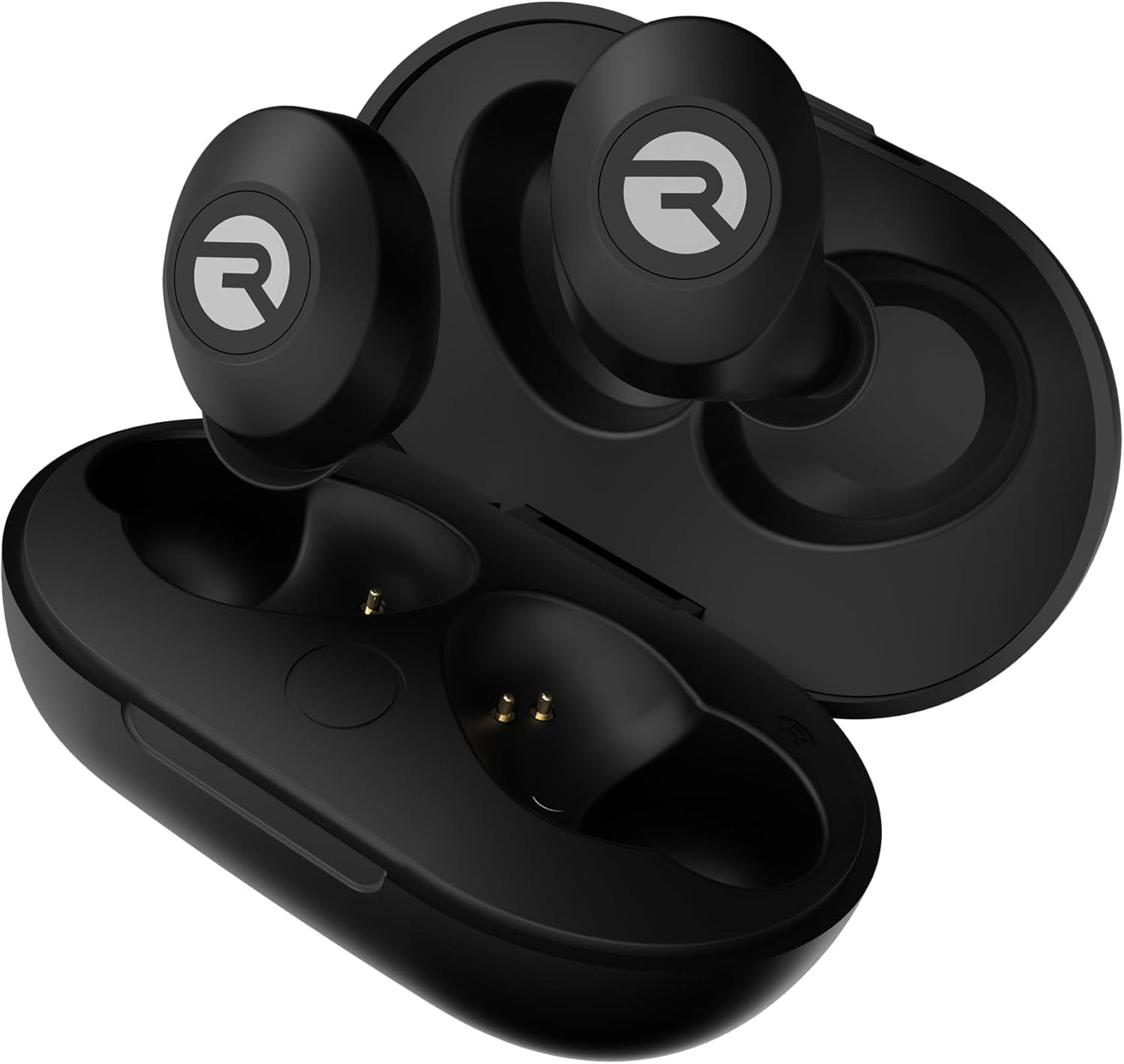

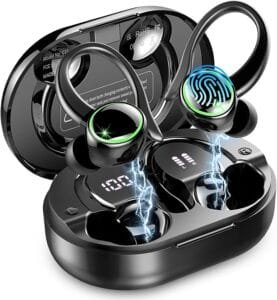

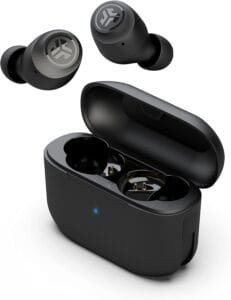
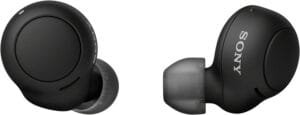

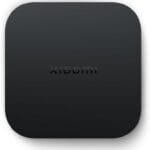
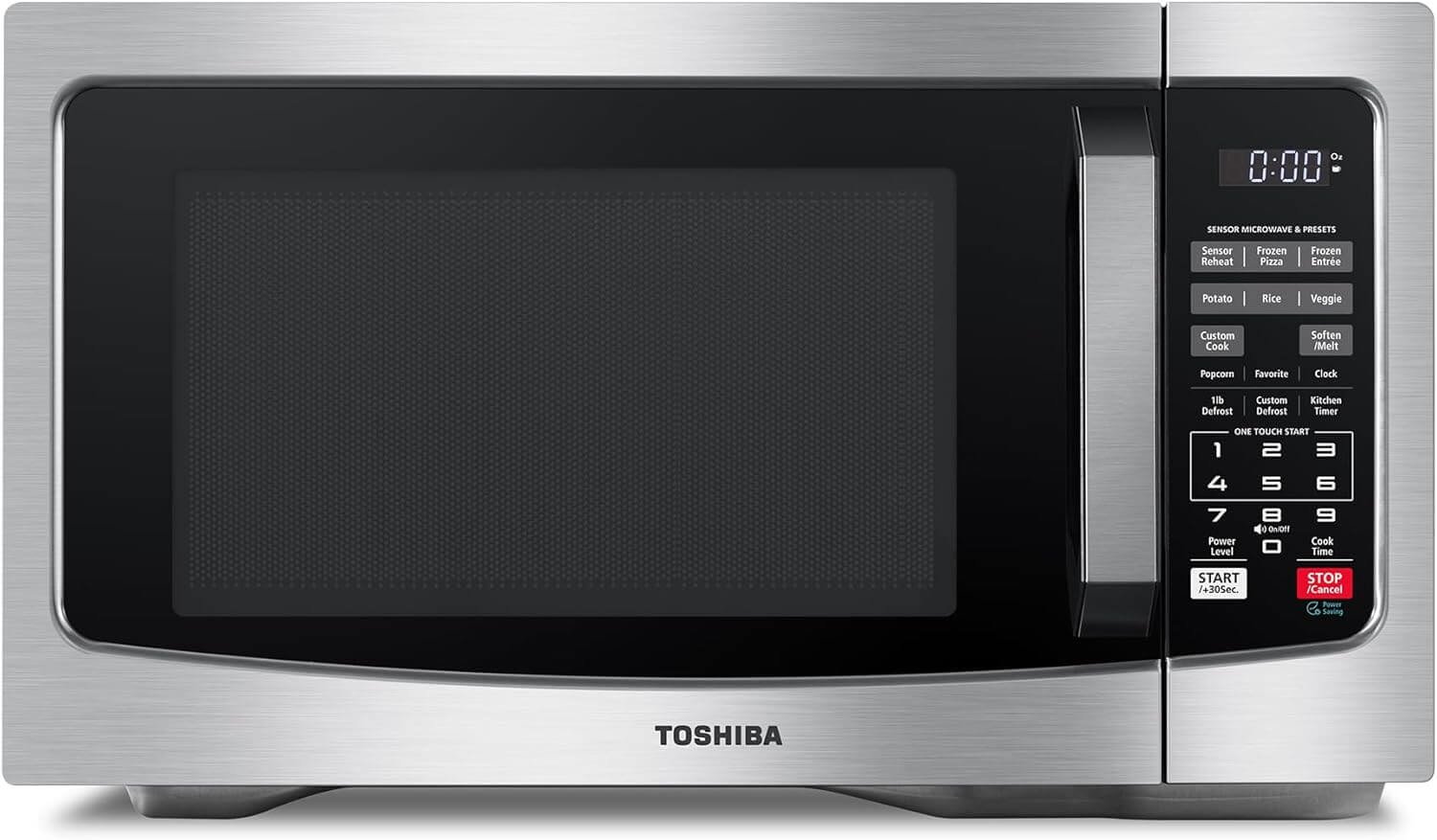


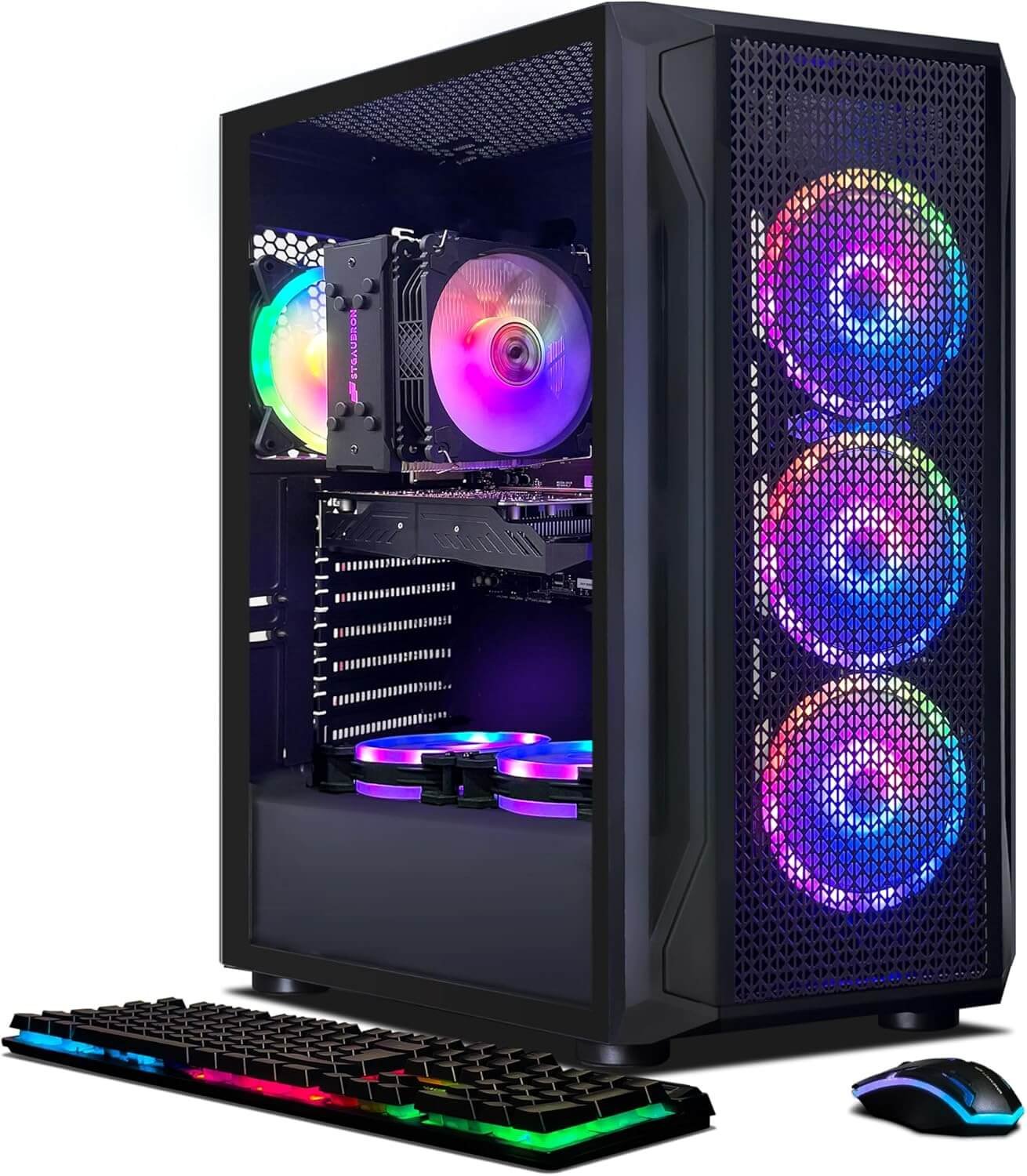
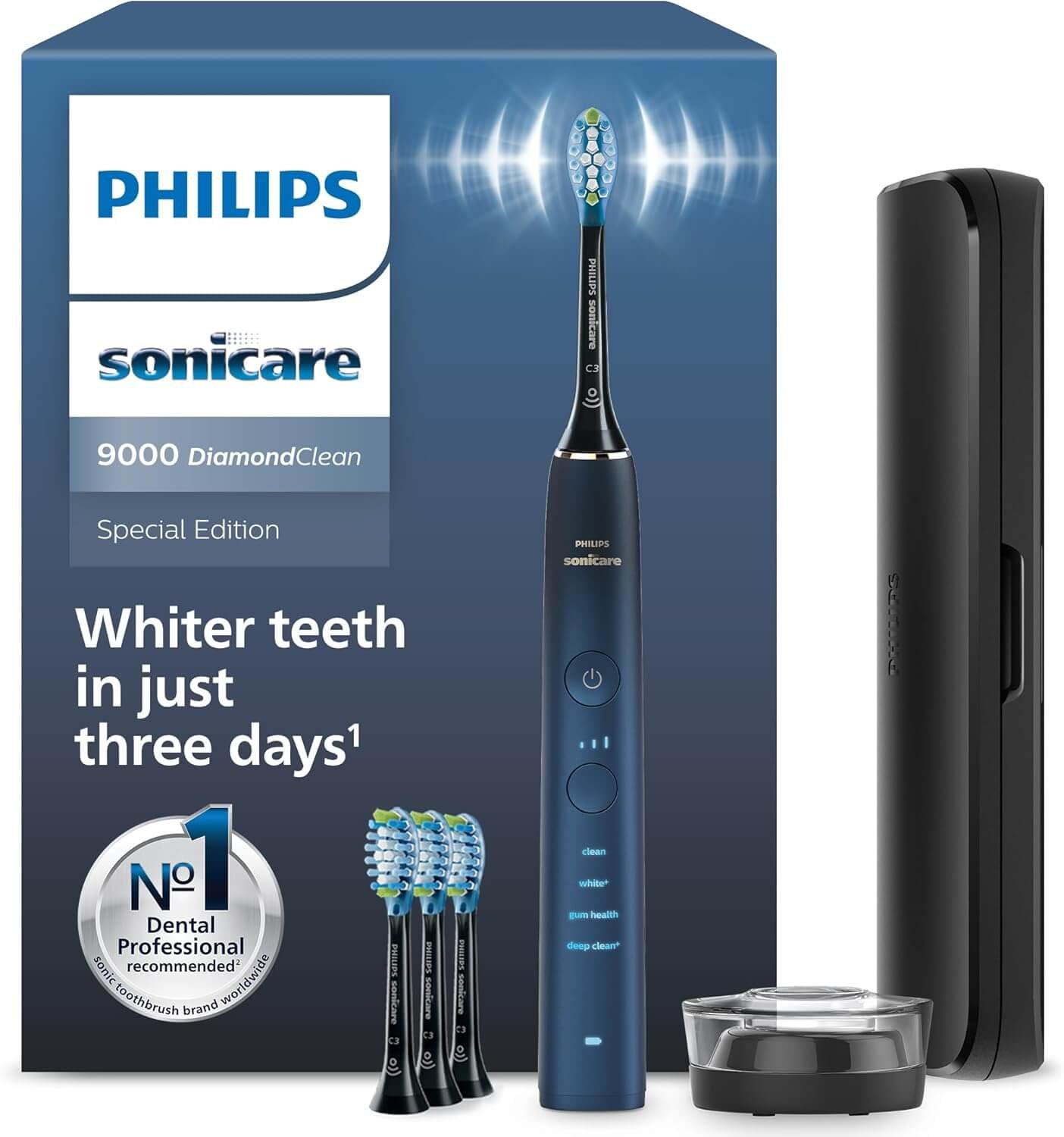
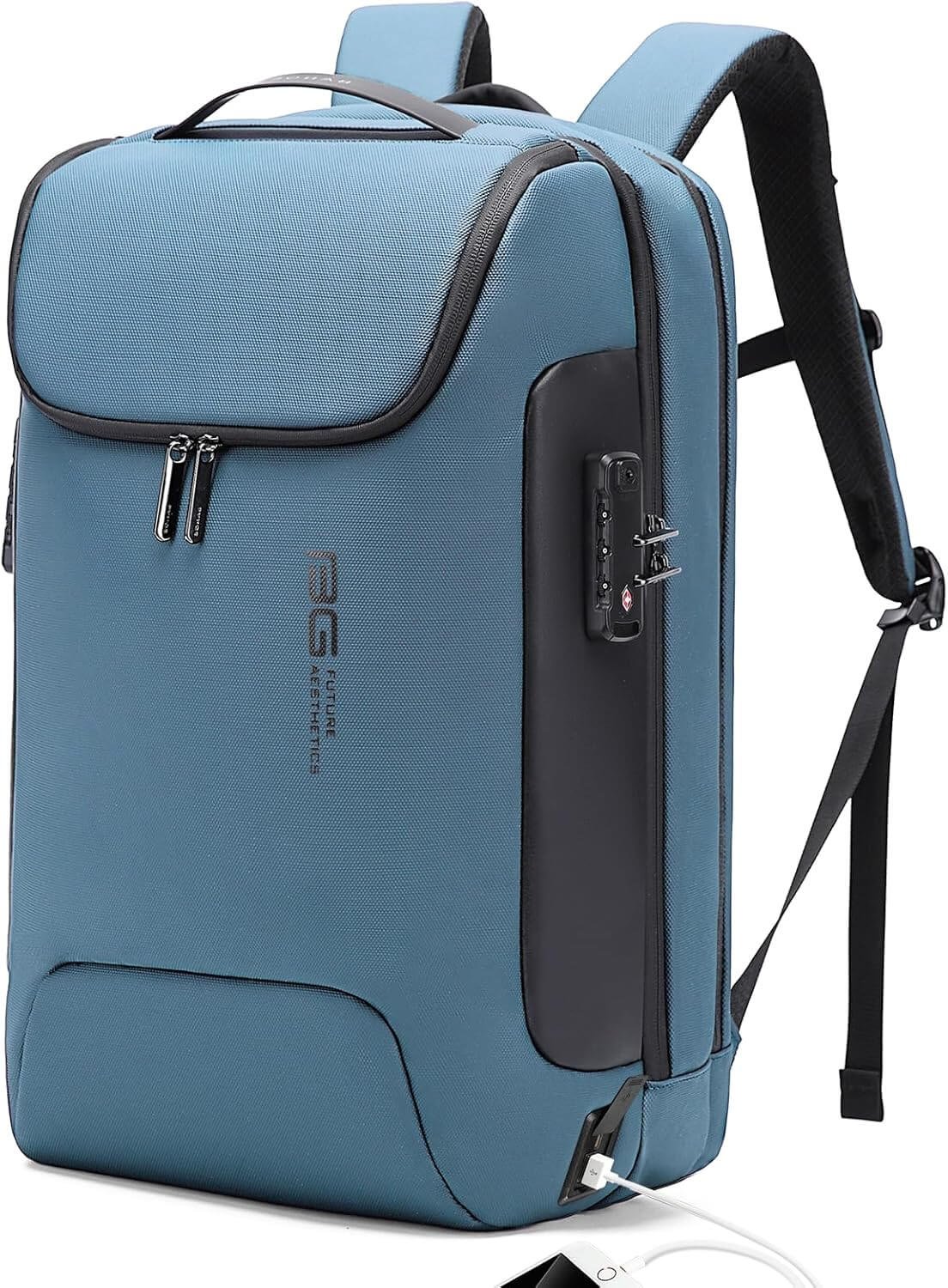
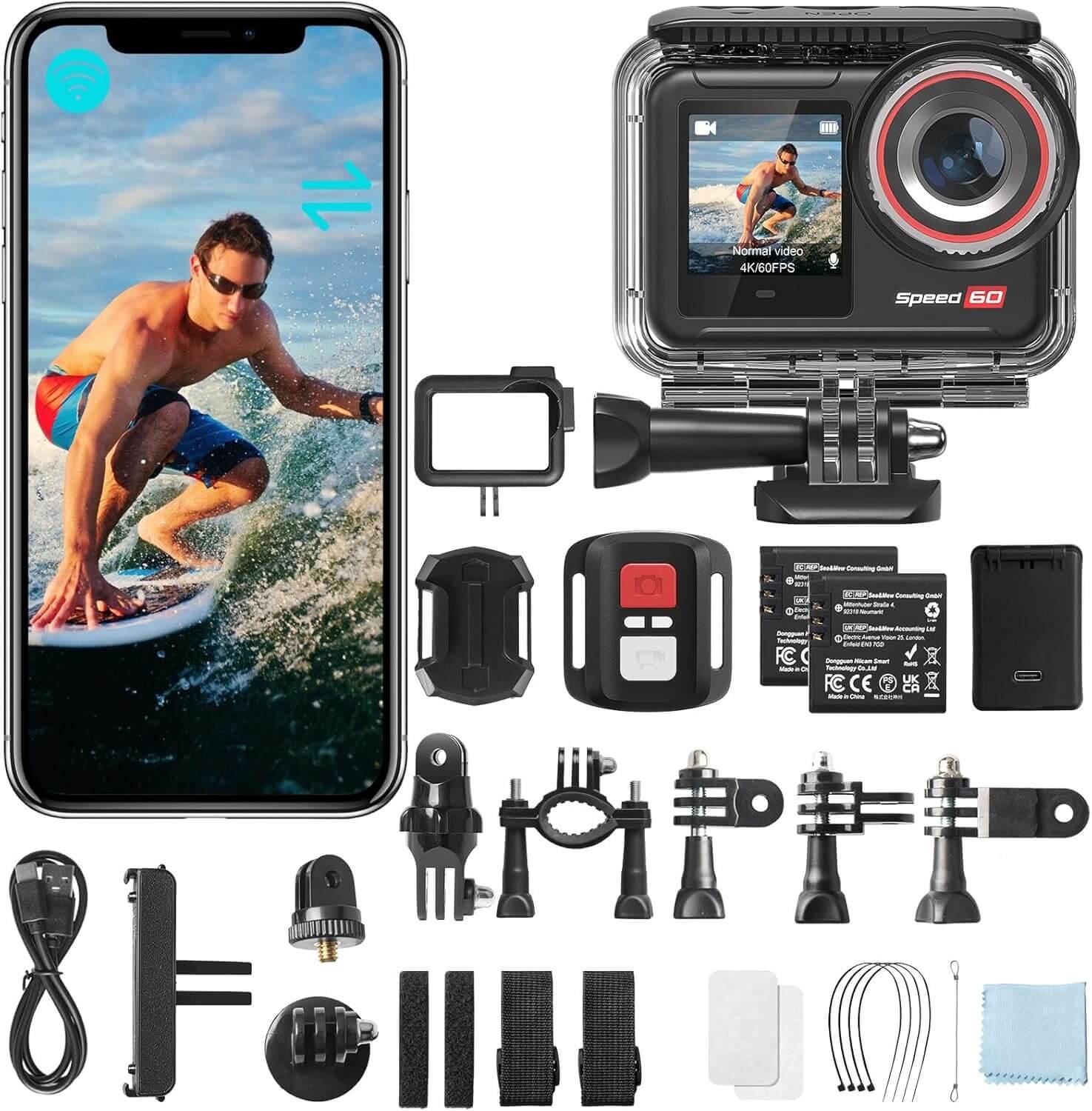
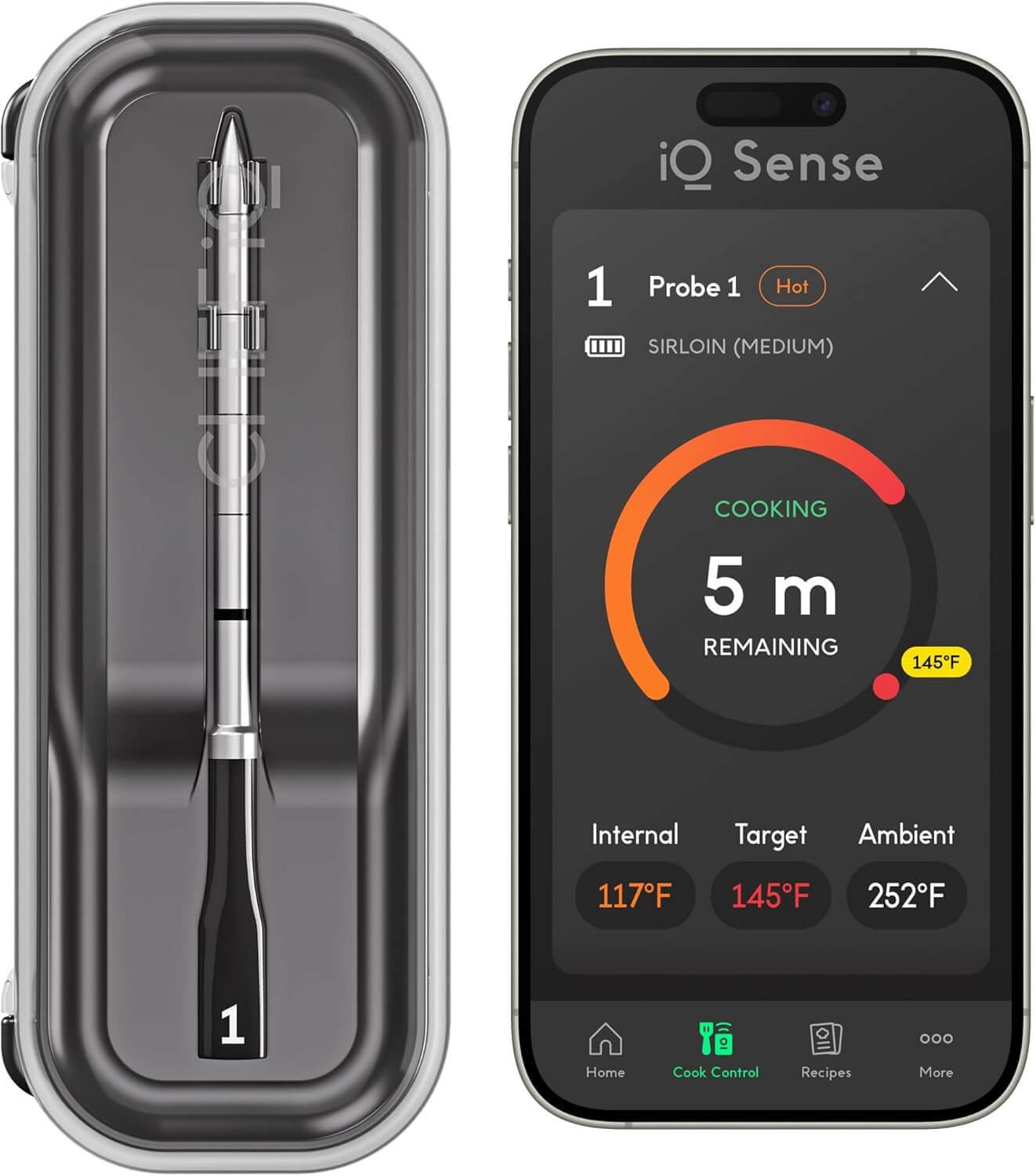






![Samsung Galaxy Buds 3 Pro AI True Wireless Bluetooth Earbuds, Noise Cancelling, Sound Optimization, Redesigned Comfort Fit, Silver [US Version, Amazon Exclusive, 2Yr Warranty]](https://product-reviews-today.com/wp-content/uploads/2025/07/Samsung-Galaxy-Buds.jpg)


